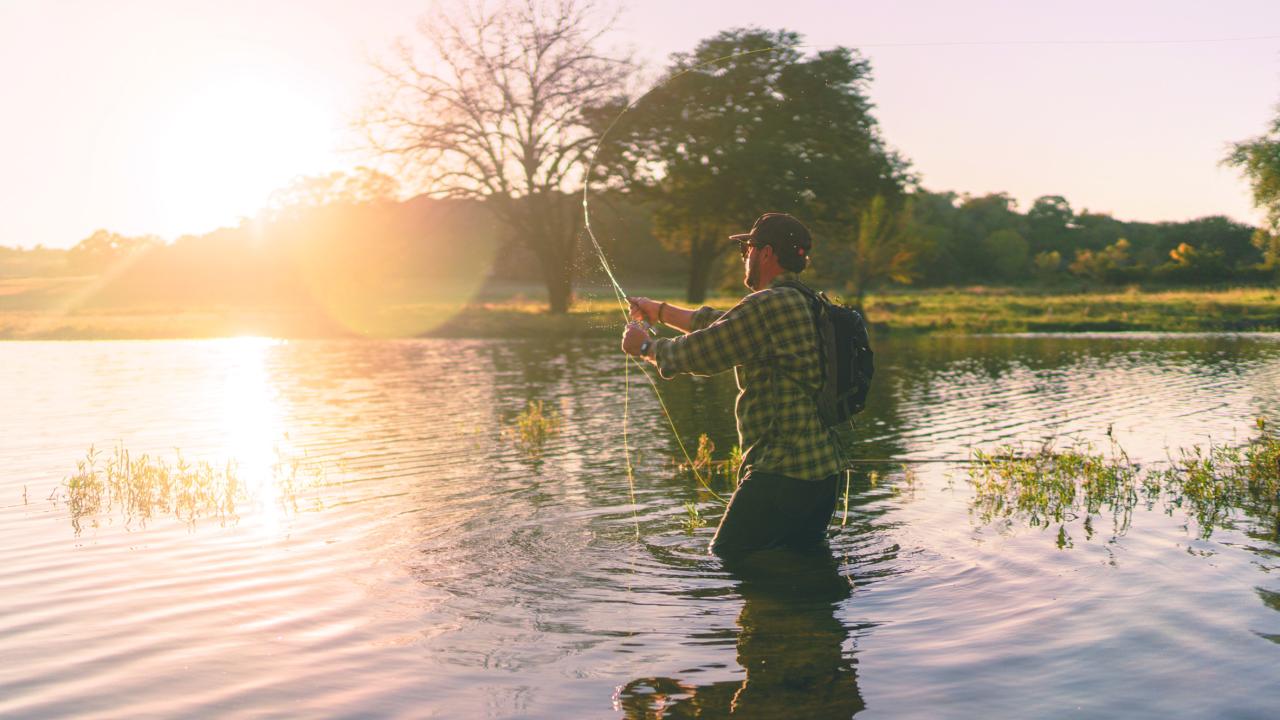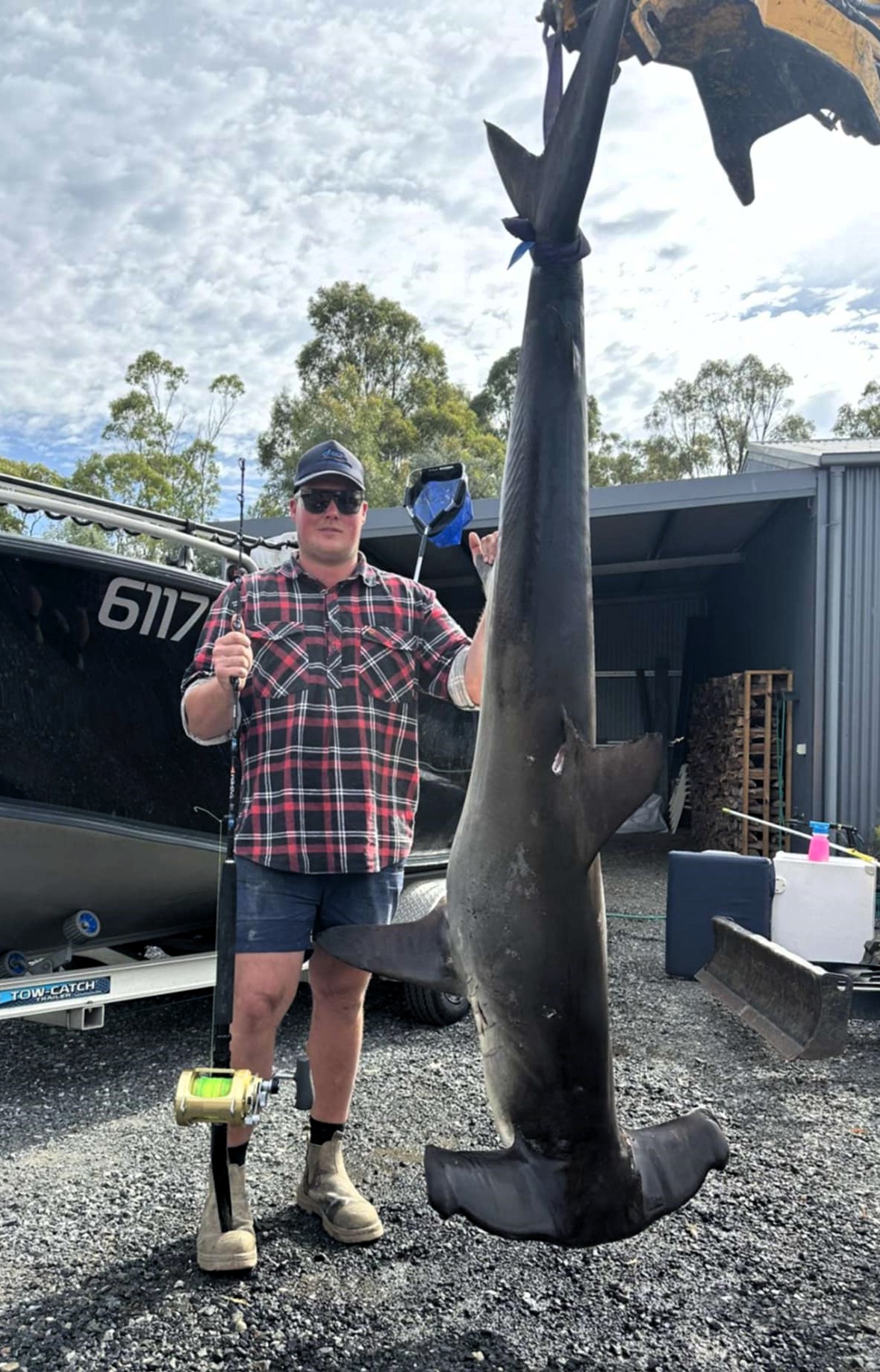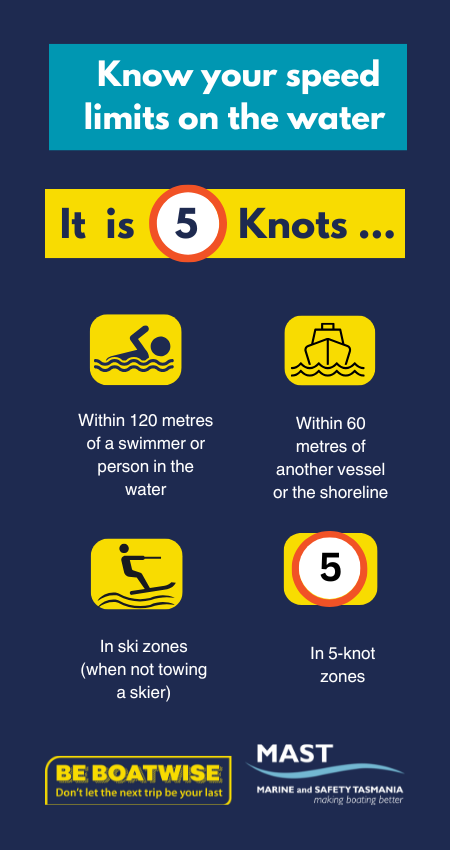Warmer water brings sharks south

A COLD change hit the state on Saturday, which was welcomed after a few days of intense heat. Moderate temperatures have been a relief, but it looks set to warm back up by the weekend.
Trout fishing has been a bit hit-and-miss, but those who have made the effort have seen some rewards. Great Lake continues to fish well for both rainbow and brown trout. The Western Lakes have offered some great-conditioned trout to anglers using the fly and even lures, with Lake Augusta a standout. Lake Echo has also given up some trout, mainly to those spinning in and around the trees and structure. Dee Lagoon has also produced good rainbow and brown trout from the top end.
Black bream are biting in the Derwent River, along with Australian salmon, mullet, tailor, and barracouta. The lower estuary is also offering snapper and tuna. Reports of sightings and catches of hammerhead sharks have been increasing around the state recently, with the latest coming from up north near Bridport. Daniel Hinds landed a 114.3 kg hammerhead shark on 37 kg tackle over the weekend, which is said to be a new Tasmanian record in this line category. Reid and Joe Hooker also had a hammerhead shark on at Coles Bay recently, estimated to weigh around 130 kg. Due to its sheer size, it was too much to handle and was released, as the area is a shark sanctuary.
The Tuna Club of Tasmania had to cancel last weekend's Light Line Shootout due to the weather, which was unfortunate. However, the club is rolling over entries into their next competition—the Tom Jenkins Memorial Bluefin Tuna Contest—held on April 24th, 25th, and 26th. Another great club, the Southern Gamefish Club, will be hosting the popular East Coast Classic from Southport on Saturday and Sunday, March 22nd and 23rd, with entries closing on Sunday, March 16th.
News surfaced late last week of a reported sighting of a 5-metre white pointer shark just 250 metres off the beach at Pirates Bay in Eaglehawk Neck. Obviously, this is a massive predator, and the public needs to be cautious when in or around the water in the area—or anywhere around the state. With our changing climate, we're only going to see more of these sharks. The warming waters bring down more food, fish, and seals for them to eat. The East Coast Current plays a big part in this, and where there are seal colonies, there will also be great white sharks.
Anglers are well aware of the increase in the seal population around Tasmania, but we must understand that sharks are just doing what comes naturally to them in their environment. In reality, we pose a greater threat to them than they do to us. That being said, entering the water always carries a risk. Just last week, a video surfaced on YouTube of a New Zealand angler getting the fright of his life when a similarly sized white pointer shark surfaced right next to his kayak. The angler was followed by the big shark, which, luckily, eventually left him alone. To watch the video, search for the Nomadic Kayak Fishing channel.

Another video surfaced over the weekend showing a kayaker being totally swallowed and then spat out by a humpback whale—a rare event, but another reminder of the risks when out in their environment.
I received an email last week from the Anglers Alliance Tasmania, forwarding information from the Inland Fisheries Service. They are asking for feedback regarding proposed small regulatory changes for the 2025–26 freshwater fishing season. The changes affect a small number of fisheries, specifically bag and size limits for trout, and also propose aligning the bag limits for black bream in defined inland waters with those of marine waters.
Proposed changes to two of our more popular trout fisheries will interest anglers. One change would alter the daily bag and size limit for Lake Sorell to help protect its recovering trout population. Currently, Lake Sorell has a daily bag limit of 12 trout, with a minimum size of 300 mm. The proposal seeks to reduce this to a bag limit of 5 trout, maintaining the minimum size limit of 300 mm, but allowing only 2 fish over 500 mm to be taken.
Similarly, the proposal aims to protect the trophy trout fishery at Lake Crescent. Currently, anglers can take two fish per day with a minimum size of 400 mm, with only one allowed over 500 mm. The proposal suggests changing the daily bag limit to just one fish, which must be 500 mm or longer.
Other proposed changes include:
- Removing Frombergs Dam (Ulverstone) as a defined Junior Angler Development Fishery, as it is no longer accessible to the public.
- Changing the size limit for Pawleena Reservoir, as it is no longer stocked with trout and is not accessible due to access issues.
- Modifying the daily bag and size limit for Talbots Lagoon to allow for a broader size range of fish to be taken. This change would align it with similar naturally recruiting brown trout waters and help manage seasonal variations in the trout population.
- Aligning the daily bag limit for black bream in inland waters with marine waters. This would reduce the inland waters’ daily bag limit from ten to five bream, while the size limit remains at 250 mm.
This information has been forwarded to all angling clubs and key stakeholders. Any input or feedback must be received by the IFS before the close of business on March 7th.
Send in your fishing reports, pics, and tips to valleyfishes@gmail.com
Tight lines until next week!



Add new comment